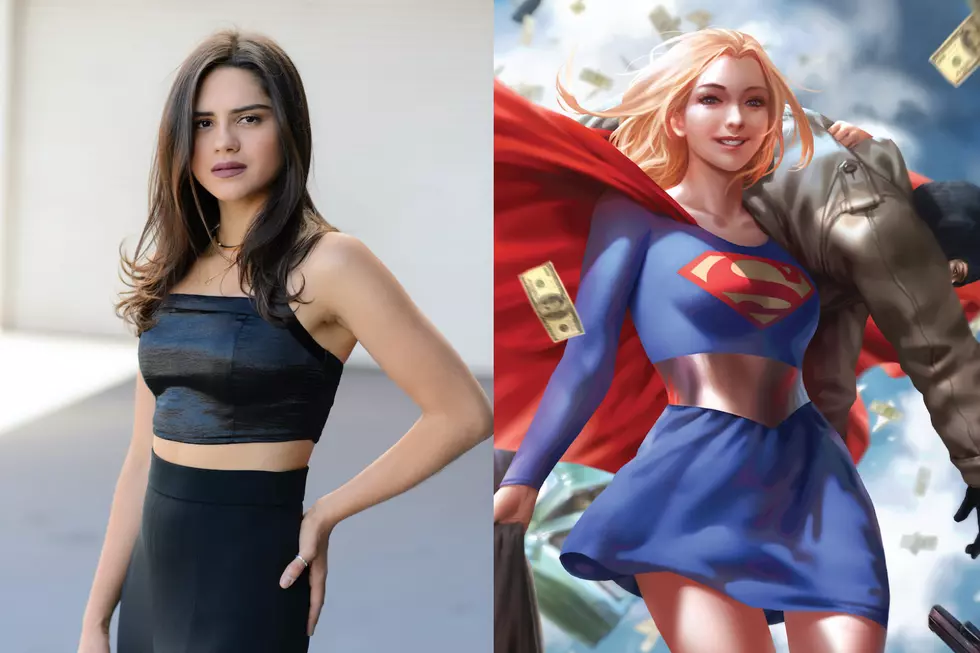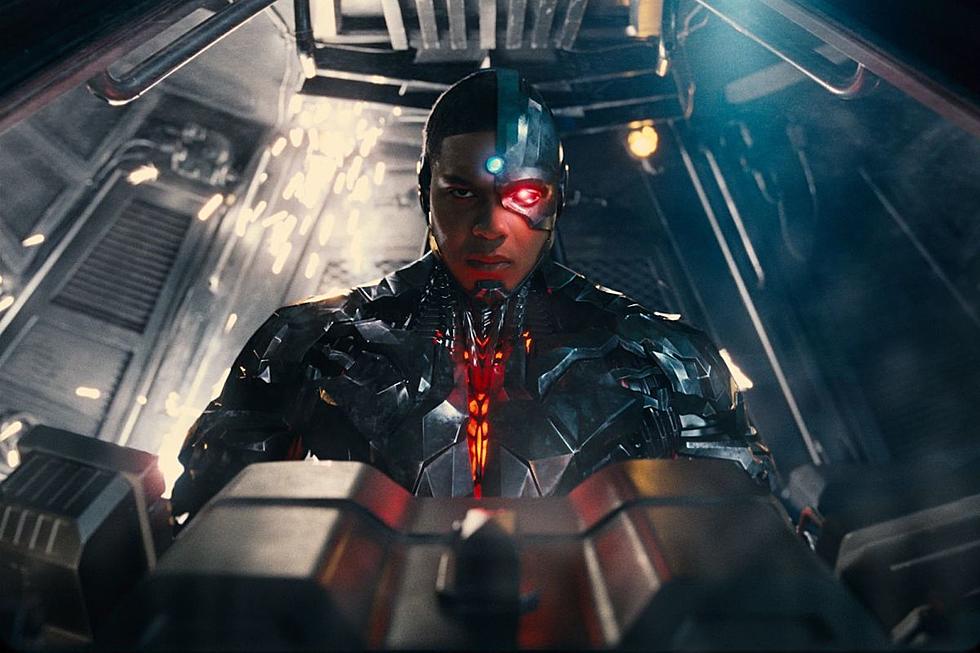
First Fastest: A Tribute To Jay Garrick, The Original Flash
Faster than the streak of the lightning in the sky... Swifter than the speed of the light itself... Fleeter than the rapidity of thought... is the Flash. Reincarnation of the Winged Mercury. His speed is the dismay of scientists, the joy of the oppressed -- and the open-mouthed wonder of the multitudes.
That's the caption by Gardner Fox that opens the first issue of Flash Comics, published on November 10, 1939. Before anyone had ever argued over whether Wally West was better than Barry Allen, let alone whether Wally West was better than the other Wally West, there was a simpler time when there was only one Flash (not counting Flash Gordon), and that first Flash was Jay Garrick.
That initial story, by Gardner Fox and Harry Lampert, is an early example of the prototypical superhero origin, in a decade when most superheroes just got started without them. When we meet Jay, he's a college science major who can't get a date because he's no good at football. Then he has an accident late at night because he was smoking a cigarette in the lab (it was a different time) and inhales fumes from hard water that, after a brief coma, gives him super-speed.
The hard water bit is weird from a modern perspective, because that's literally the kind of water many of us have running from our showers and sinks, and we haven't gotten super-speed yet. Later stories ret-conned it to "heavy water," which I still doubt would give you super-speed, but it's at least less common. Comic book science was just different in 1939, and for that matter so was real science.
One of the other strange things about his origin was how long it takes him to become a superhero. He gets his powers and uses them to become a football star, and to romance the girl who had previously rejected him, Joan Williams --- who he later married. It was only after he'd graduated and got a job as a science professor at another school that he became the Flash. And then it was only because gangsters kidnapped Joan's father and threatened her life.
But once the need was there, Jay had no hesitation about dressing up in a red and blue outfit and being a hero. That costume, which has lasted as long as Jay himself, is a thing of simplicity and beauty. On one level, he's just wearing a red shirt and blue pants. Early on those pants had lightning down the legs, but that was abandoned.
But he's also dressed like a literal Greco-Roman god, to a degree that no hero had been before. His winged helmet and boots are based on Hermes/Mercury, the god of speed, thus making the parallels between superheroes and classical mythology incredibly overt, decades before Grant Morrison.
After his future wife and her father were safe, Jay remained a hero, and one of the greatest of the Golden Age. He was the original leader of the original superhero team, the Justice Society of America. He came out of retirement in the Silver Age, thanks to "The Flash of Two Worlds," and became an elder statesman of the DCU superheroes, remaining active (his aging slowed by the Speed Force and various other sci-fi causes) more or less non-stop until 2011's DC reboot. He's also played an important role on The Flash TV show, where he's played by John Wesley Shipp.
As the first super-speedster in comics, Jay Garrick's legacy is bigger than just the Flash. It also encompasses Johnny Quick, the Whizzer, Quicksilver, Speed Demon, and any other character who's ever dressed up in little wings and/or lightning bolts, and run like the wind.
More From ComicsAlliance









